
When a rear-end collision occurs, the initial assumption is that the car who rear-ended the other one is always at fault for the accident. While that is often the case, there are times when another may be held either partially or fully liable.
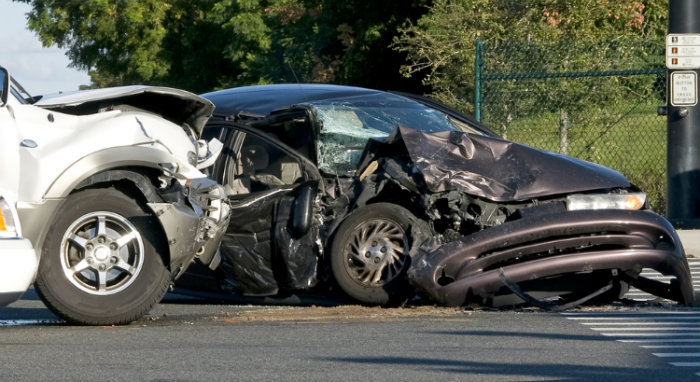
Many car accidents end up as fender benders, not causing any serious harm to the driver or passengers. But some types of accidents are more deadly than others and do cause life changing, even fatal, outcomes. The most dangerous types of accidents include: head-on collisions, T-Bone accidents, multivehicle pile-ups, rollovers, rear-end accidents, and off the road crashes.

We always talk about the driver of the vehicles involved in auto accidents. What about the passengers? Most vehicles are passenger occupant vehicles – cars, minivans, SUVs. Injuries are not limited to the driver of the vehicle. What should a passenger do to obtain compensation for his or her injuries?
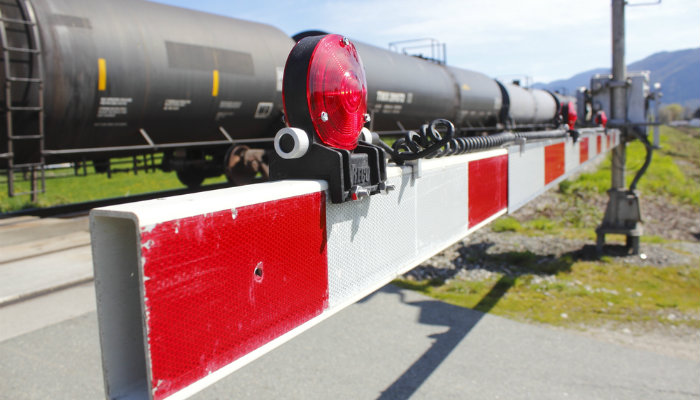
More than 2,200 rail grade crossing collisions occurred across our country’s approximately 140,000 miles of railroad track in 2018.
And, in 2018 alone:
According to Operation Lifesaver, a driver or passenger is about 20 times more likely to die in a collision with a train than in a collision with another vehicle.
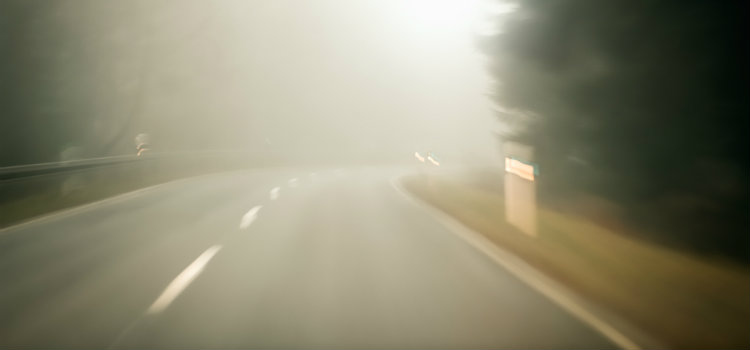
Two main factors contributing to dangerous driving conditions include wet roads and lack of visibility. Both present winter driving hazards and are reasons for winter driving accidents.
Roughly, ¼ of auto accidents are caused by adverse weather.
The USDOT Federal Highway Administration data lists an average of 1,705 deaths and 138,735 injuries per year due to snowy and icy roads. These figures represent the 10 year average between 2007 and 2016.
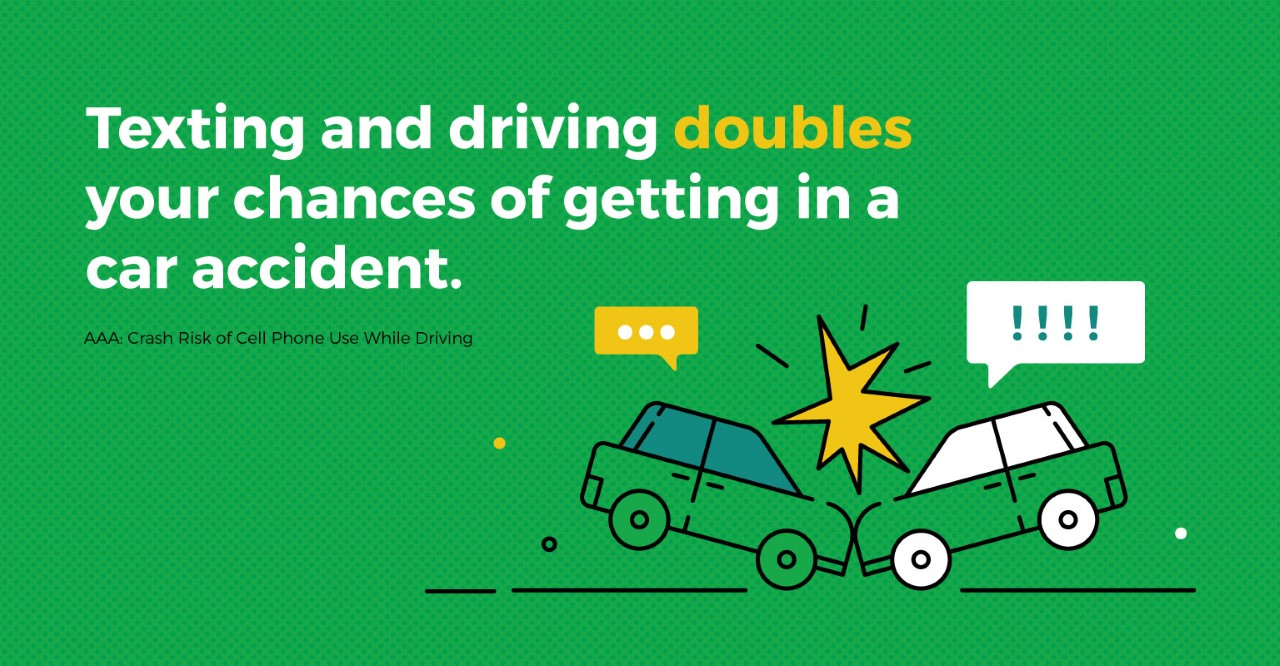
Smartphones allow us to be connected all the time no matter where we are, including behind the wheel of a vehicle. This means that far too many drivers have the potential of driving distracted, and the statistics paint an alarming picture, too, with cell phone usage accounting for 14% of fatal driver distracted crashes in 2017.
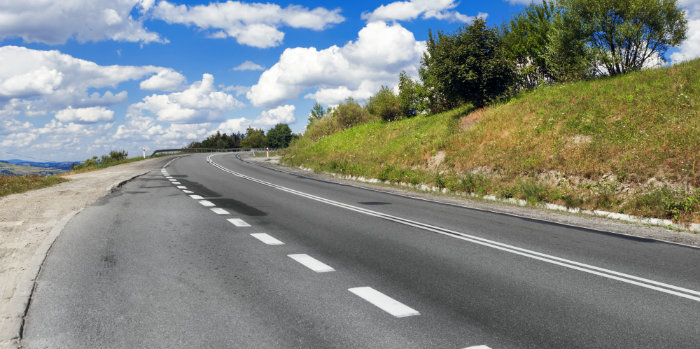
As a driver, you trust that the roads you drive on day in and day out have been designed and are maintained for your safe passage. Unfortunately, accidents happen. Cars skid, slide, run off the road down embankments, collide with other vehicles and more.
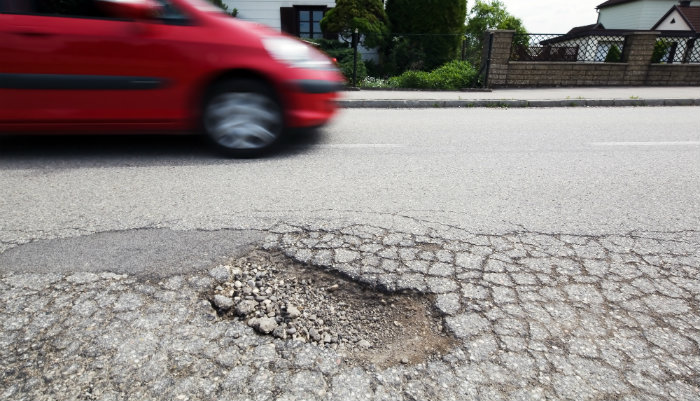
Car accidents are caused by many things: poor driving behavior and habits, defective parts, improperly loaded large commercial trucks, alcohol impairment, night driving and the list goes on. The road you’re driving on could also be the reason. Dangerous road conditions contribute to thousands of car accidents every year.
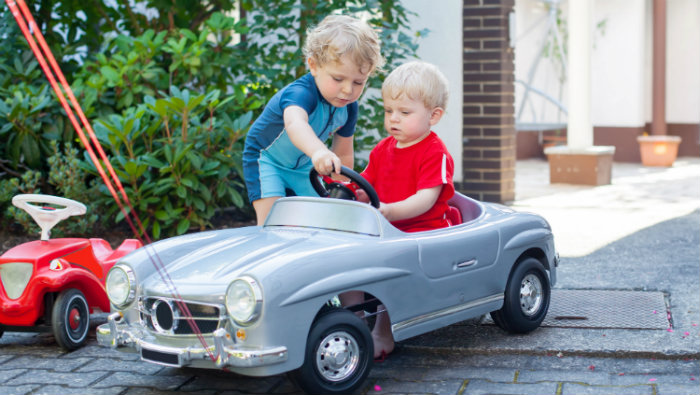
Motor vehicle crashes are a leading cause of death for children. In 2021, 711 child passengers ages 12 and younger were killed in motor vehicle crashes in the United States, and in 2020 more than 63,000 were injured. Ensuring children are properly buckled can make a lifesaving difference. Here are some safety tips for keeping children safe around cars. (Source: CDC)
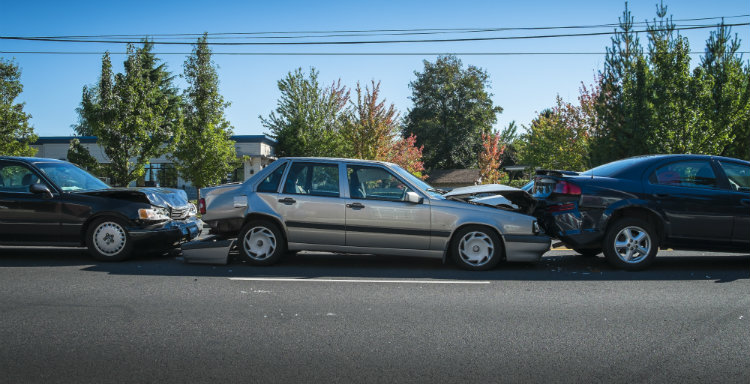
Multi-vehicle accidents often happen when three or more vehicles hit each other in a “chain” of rear-end accidents. Typically, we assume that the driver who does the rear-ending is at-fault, but that is not necessarily the case in a chain reaction accident. When an accident involves three or more vehicles, how do you determine who is at fault or liable?